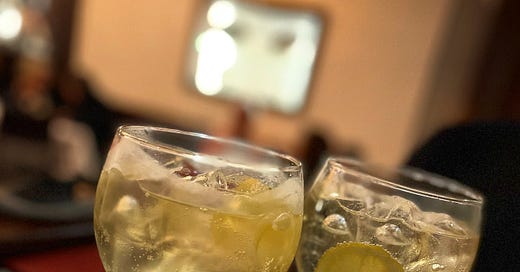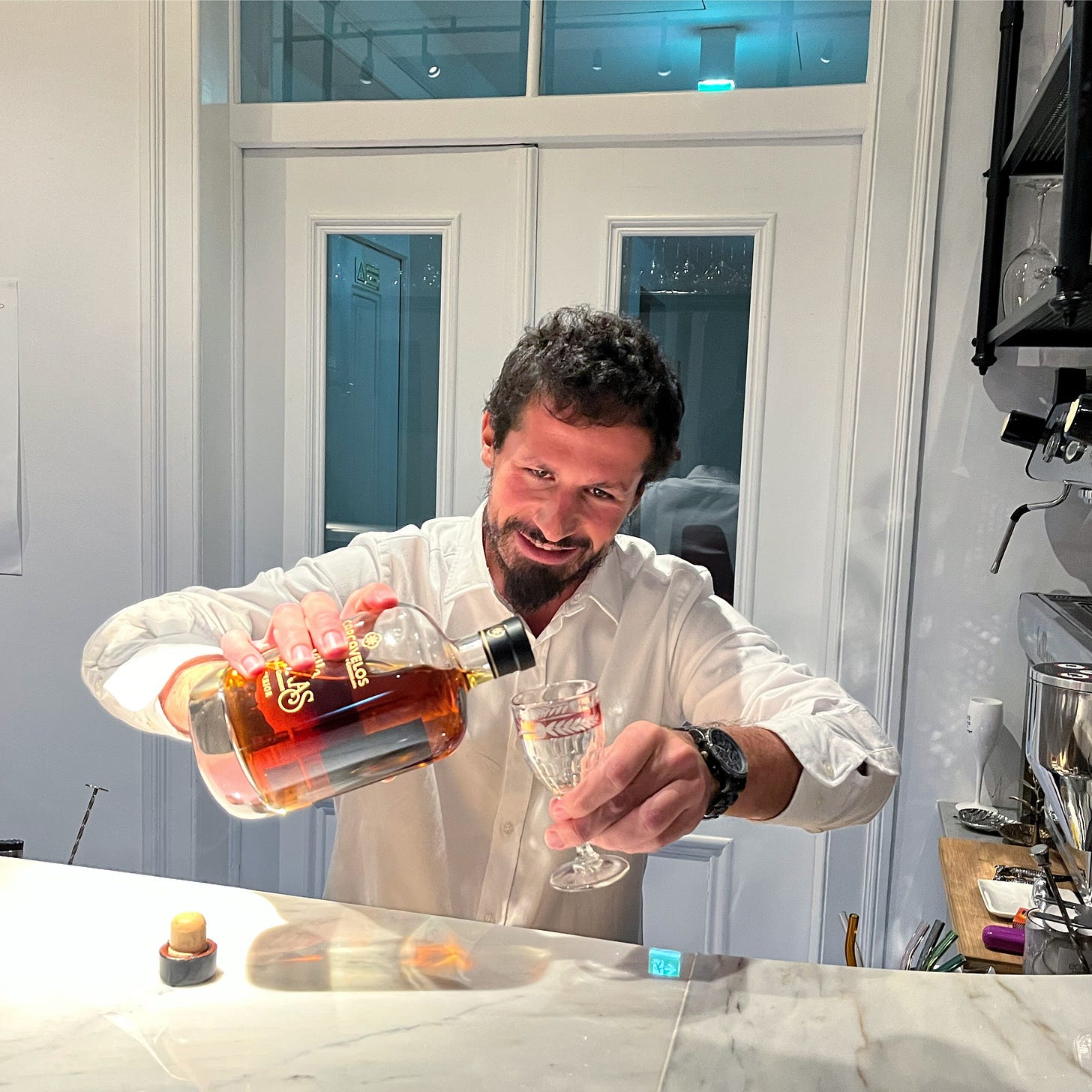Learning to live in the world again may be easier than we think.
I’ve been thinking a lot about that this week as I boarded a plane for the first time in more than two years. My creaky memory needed to be jogged: what should I put in my carry-on? How many shoes do I really need to pack? Do I have my phone charger? And where exactly is my passport?
Details that were once second nature were teased out of hiding, along with my usual adventuresome spirit. For someone who has clocked over a million miles in airplanes in her lifetime, you’d think that this stuff would be a cakewalk.
And yet, travel - and everything to do with it - has come to symbolize so much more than the trip itself. It’s a door swinging open to fresh possibilities, to realizing dreams put on hold, to making new connections.
To letting hope - that thing with feathers - leave its perch and soar out of our chests into an endless sky of blue.
Do you know that first moment of arrival in a new place? The sense that everything you’re seeing is something seen for the first time, and somehow wondrous? Just like Dorothy stepping out into the land of Oz, the world is in technicolour, saturated, vibrating.
And so Lisbon unveils itself to us. Tiled buildings in every shade of pastel elegance: pink, yellow, creamy white, green, ochre. Festive Christmas lights strung across every street and covering every building, all magically alighting at the same time. Tiny passageways that beckon, cobblestones underfoot everywhere, endless cafes and pastry shops and bars, full of people and life and good food, and always, the steep ups and downs of the impossibly narrow streets, tram cars clattering by, sidewalks an afterthought.
All of this feels like the best kind of adventure and yet we still can come dangerously close to forgetting how magical life really is. Last week I wrote about how we need to hold tight to lessons learned in the past year, and on Friday night that was impressed upon me even more.
We were at Gambrinus, a 78-year old restaurant in the heart of Lisbon. You know the type of place. It’s where your grandfather took you for your 10th birthday, or where a graduation is honoured, or an anniversary celebrated. Old school, traditional. The waiters have been there since, well, forever, deftly plating dishes tableside and replenishing wine in one fell swoop. There’s a younger crowd too, the 30-somethings who appreciate the reliably excellent dishes and the memories that come with dinner.
As we sat taking it all in from out mezzanine table perch, the same thing struck us almost simultaneously. No one was on their phone. Young, old, families, couples, friends, a boisterous table of nine…every single table was abuzz with real conversations, interactions, laughter, heated debates and stories shared. It was perhaps the best gift that this trip has brought so far. That being there has a meaning far deeper than just getting on a plane.
Porto tonic
Makes one delicious drink
Porto tonic is to Lisbon what gin and tonic has become to the rest of the world: the requisite aperitivo to start an evening off right. Portugal is justifiably famous for its exceptional tawny and ruby ports, but white port is lesser known. Let this cocktail change all of that for you.
While most of Lisbon uses Niepoort Dry White to make their porto tonics, Tomas, the superb mixologist and sommelier at The Palacio Principe Real boutique hotel in Lisbon, swears by Ferreira Lagrima Porto, and his secret ingredient, a slice of fresh orange. That, combined with Fever Tree Tonic, makes the definitive porto tonic.
1 1/2 ounces white port
3 ounces tonic water
1 orange slice
Plenty of ice
Fill a globe wine glass full of ice. Add the rest of the ingredients and stir to combine. Sip, savour, repeat.











Love!